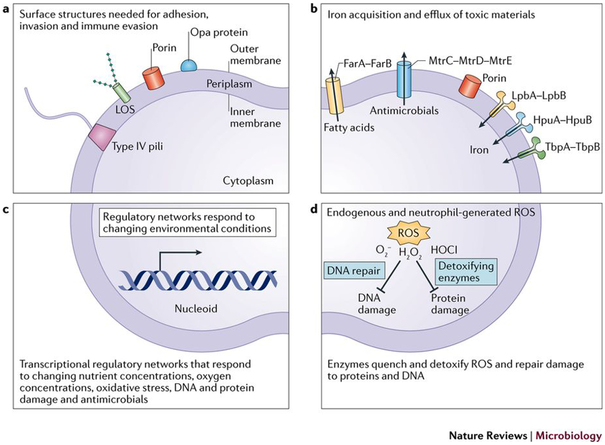Figure 2: Overview of Neisseria gonorrhoeae pathogenesis factors.
As a host-restricted pathogen, N. gonorrhoeae encodes a relatively small repertoire of pathogenesis and colonization factors compared to other gram-negative bacteria166. a) N. gonorrhoeae uses an array of surface structures to adhere to host cells, occasionally invade host cells, and evade the immune system18,142,143. These surface structures include Type IV pili, LOS, porin, and Opa proteins. b) Efflux pumps protect N. gonorrhoeae from antimicrobials and fatty acid stress, and membrane transporters allow N. gonorrhoeae to coopt nutrients from the surrounding environment66,141,167-169. Pump FarAB controls fatty acid transport, while pump MtrCDE controls antimicrobial peptides. Pumps LpbAB, HpuAB, and TbpAB contribute to iron transport and iron homeostasis. c) A set of transcriptional regulators, discussed in detail in the main text and Figure 3, induce transcriptional programs to adapt and respond to changing environmental conditions during infection82,127,170-173. The regulons that respond to iron levels, oxidative conditions, and oxygen concentration are co-regulated and interconnected. d) Protective enzymes like catalase and MsrAB detoxify reactive oxygen species (ROS), like superoxide anion O2−, hydrogen peroxide H2O2, and hypochlorous acid HOCl, that are generated endogenously and by neutrophils86.

